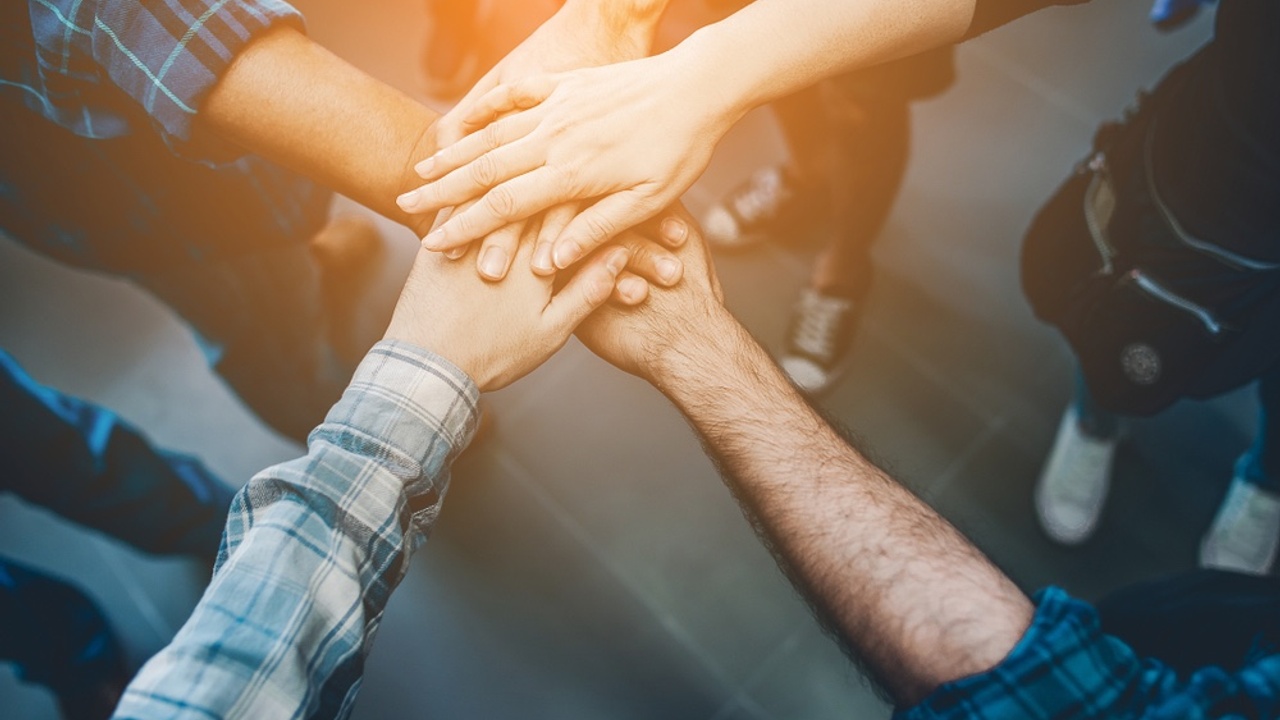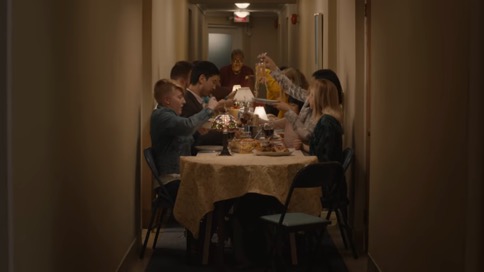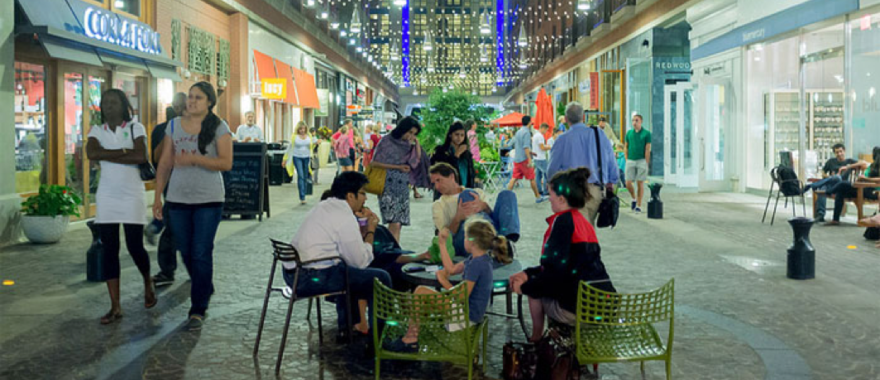Why Community Matters
Sep 28, 2017
Not all social connection is created equal
With the recent ten year anniversary of the Apple iPhone, it is remarkable how pervasive smartphones have become. 77% of people in the US own a smartphone, double the percentage from just five years ago. With each new model, these devices are getting faster and more powerful, and more addictive. Critics have highlighted the downsides of smartphones, including its impact on youth. One thing is clear: social media is not the same as face-to-face connection.

Beginning of #EatTogether: Everyone Fixated on Phones
Last year, a Canadian supermarket chain, Loblaws, released a video – #EatTogether – to capture the differences between technology and face-to-face connection. The two minute video captures the isolation of people tethered to their smartphones and devices and flips the script with these same people connecting over a spontaneous meal in the hallway of their apartment building. There is something powerful and natural about sharing a meal with others.

Ending of #EatTogether: People Come Together to Share a Meal
Importance of Face-to-Face Connection
Face-to-face personal connection matters a lot. Research shows that social isolation is worse than smoking a pack of cigarettes a day. About 1/3 of us suffer from loneliness. In some ways, women are particularly at risk for loneliness, in part, because women are more likely to be affected by their friends’ feelings of loneliness, as feelings spread more easily within their social networks. Others point out that the biggest threat facing middle aged men is loneliness.
Moreover, trends are broadly discouraging. More people, especially older adults, are living alone – currently ¼ of men and ½ of women 75 years of age or older live alone – and living alone is the most positive predictor of loneliness. In addition, while social media has increased the number of people we communicate with, the number of close friends has decreased from three in 1985 to less than two today.
On the flip side, strong personal connection and sense of community can add up to fifteen years to one’s lifespan. Researchers have found that people with active social lives recover faster after an illness than those who are solitary – MRIs show greater tissue repair. Further, research indicates that people who have had a stroke are better protected from grave complications by a tight, supportive social network than they are by medication.
How We Live and Where We Live Matters
The lifestyle we choose – including where we live – can have a big impact on our sense of community and overall well-being.
There are a number of things we can do. We can work harder to maintain our important friendships, through regular get togethers, reunions, etc. We can also be proactive about making new friends. This can mean joining local civic organizations, book clubs, exercise groups and so on.
We can also choose to live in places that positively impact our sense of community. Walkable neighborhoods and parks (see Smart Growth America for good examples) can help bring people together more often. Conversely, isolated suburban homes where few people know their neighbors is not a recipe for success.

Bethesda Row, Bethesda, MD: An Example of Walkable Mixed-Use Development
Developing a Sense of Community at Smart Living 360
Creating a sense of community is core to the Smart Living 360 philosophy and approach. In fact, connection is one of our three core attributes. We don’t require people to get to know their neighbors but we make it easy. We let prospective residents know that community building is part of our DNA. We have designed common spaces to facilitate small and large gatherings, including a catering kitchen suitable for potlucks and catered meals. Our Lifestyle Ambassador is a key facilitator to bring people together on a regular basis and helps make connection among people in the community.
Exciting things happen when a building becomes a community. People show interest in others’ and learning their personal stories. People start helping each other and invite others to become more involved in their lives. It can become contagious, getting more and more people desiring to be part of the community’s social fabric.
At The Stories, a Smart Living 360 community, residents help tutor French to kids within the community, participate in regular resident-driven get-togethers and celebrate each others’ successes. For example, a long time dream of one resident was to become a policeman. When he was commissioned to the Montgomery County police force last year, residents celebrated around the BBQ to share in his achievement.
Time to Make a Video a Reality
The Eating Together video is compelling. But it’s fiction. Loblaws is trying to change that with the first national Eat Together Day. This is a good start, but we can do ourselves a favor and make eating together a far more regular exercise. Odds are it would help us all live longer, healthier lives.
Take the Right Place, Right Time Assessment
Are you in the right place for right now? This quick assessment will reveal opportunities to improve your life.
Subscribe to The Blog
We hate SPAM. We will never sell your information, for any reason.

